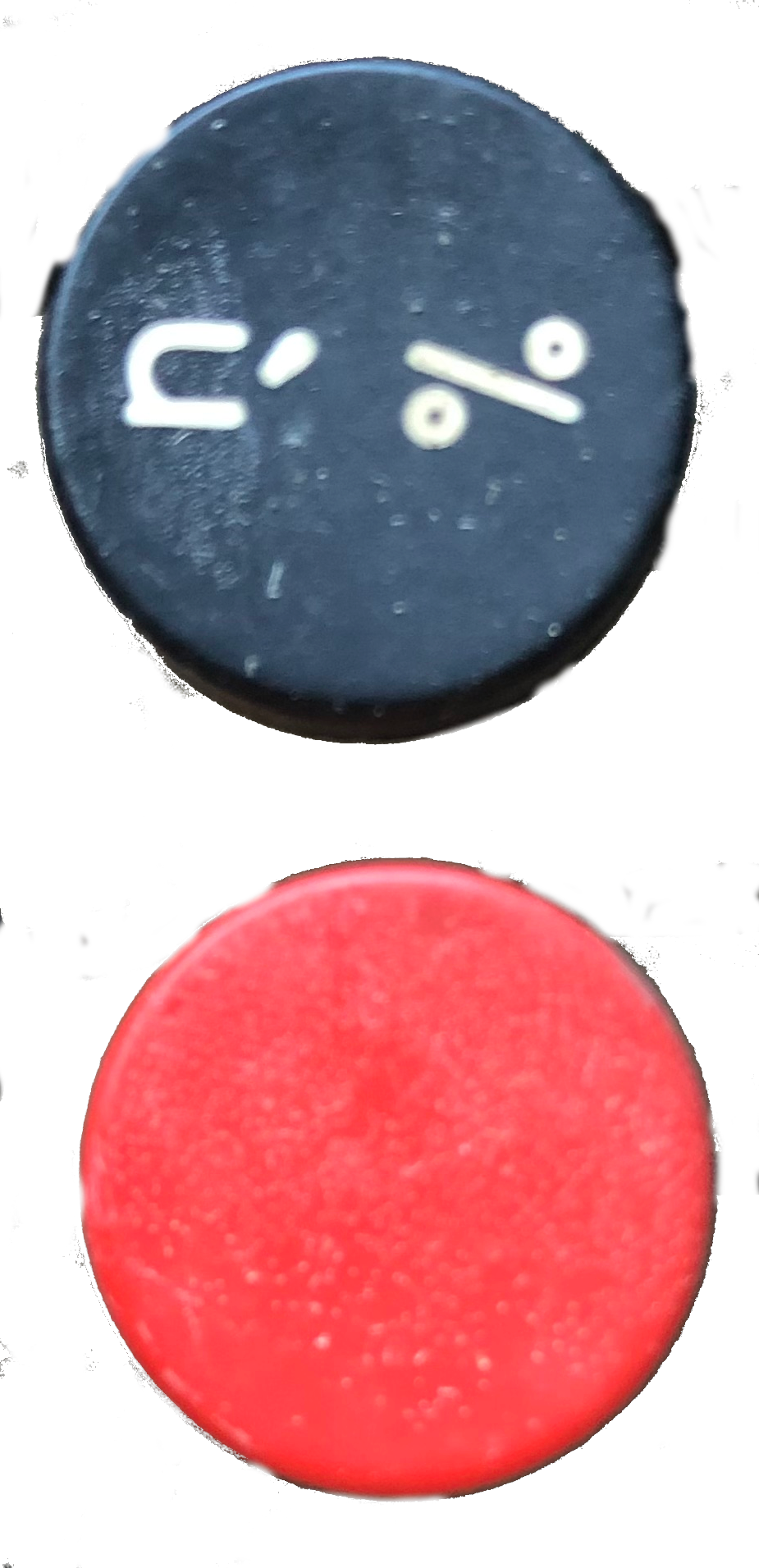Suggested readings week 32/2023

A brief history of the corporate presentation
Show business is functional to old, new, huge and small corporations. The history of innovation gives pleanty of examples of landmark presentations that were part of the innovation itself, sometimes even the only part.
Thinking back at the Mother of All Demos (ACM/IEEE, December 1968, Douglas Engelbart) one can observe that no real and near reaching product was presented there, although most of the presentation turned out to be a fairly realistic example of how we work and live today.
That's why diving down in the history of corporate presentations with this writing is a need for anyone interested at innovation and business.
Face value
Social media, and namely Facebook and the other Meta business initatives, interact with our life in multiple ways. And thus a wealth of papers, and a special issue of Science, are and will be devoted to understanding if and how our behavior is a consequence of Social Media or the other way round.
Keeping Moore’s Law on Track
Moore’s Law (after the late Gordon Moore, INTEL co-founder and scientist) successfully predicted until recently a biennial doubling of the number of transistors in a given area of silicon, which drives forward computing power at a similar pace.
Today keeping that pace means finding extraordinarly complex ways for (sort of) printing chips, or small pieces of silicon. Extreme-ultraviolet (EUV) photolithography is the established way to go, but further advancements are coming with huge and expensive machines.
Better heat pumps
An abuse of heat pumps for heating and cooling is already a big issue for climate change. More efficient machines is part of a solution.
